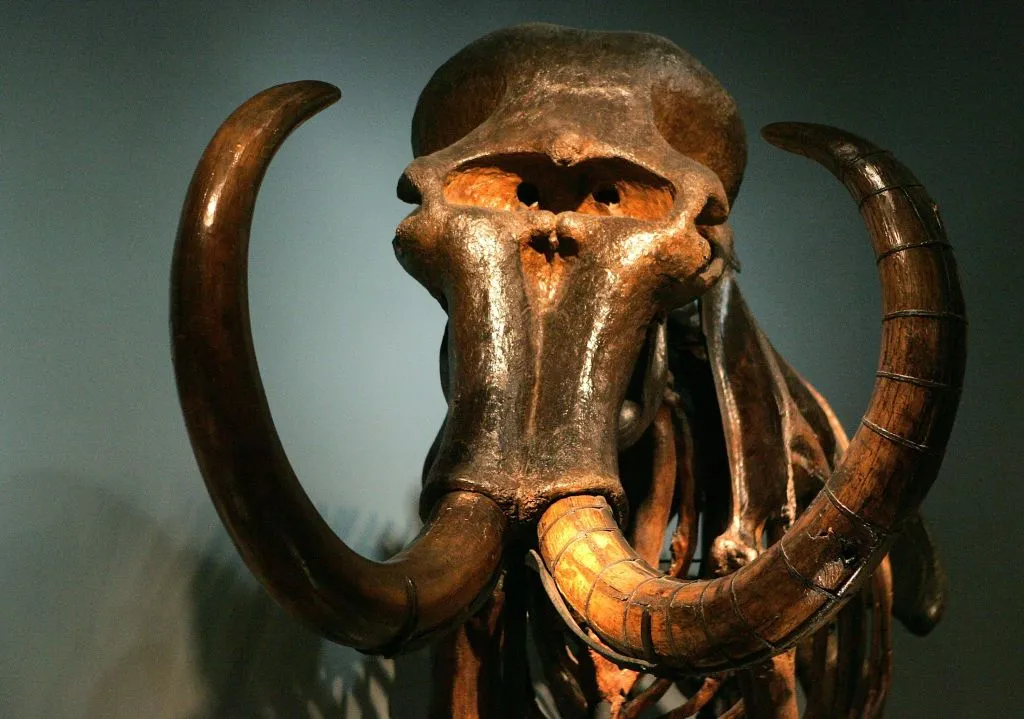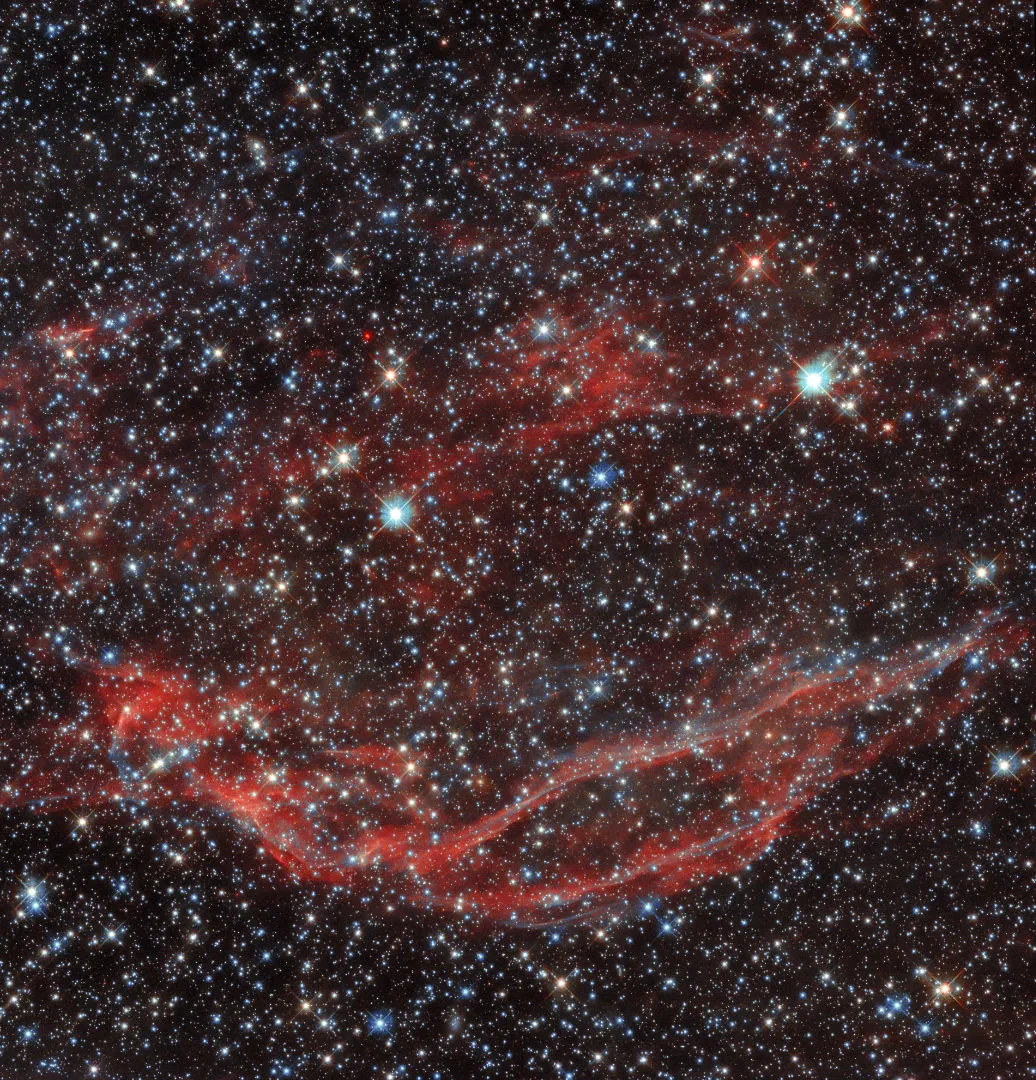It's often stated that a supernova explosion would have to be as close as about 25 lightyears of Earth to affect life and cause significant environmental damage.
However, scientists at Lawrence Berkeley National Laboratory reported in the mid noughties that a supernova explosion 41,000 years ago, at a distance of 250 lightyears, could have killed off the mammoth.
Mammoth tusks dated at 34,000 years old were found to contain tiny impact craters, apparently produced by slightly radioactive, iron-rich grains moving at 10,000km/s (22 million mph) – velocities typical of supernova ejecta.

Also, 13,000-year-old archaeological sites in North America show evidence of a large impact.
This could have been debris from a supernova explosion that may have caused the final extinction of the mammoth and other large mammals.
Impact ejecta at these sites contained magnetic spherules, produced by the impact of a large meteor, and radioactive potassium-40, formed in supernovae explosions.
So perhaps the safe distance for a supernova is as much as 250 lightyears from Earth.

Are there any potentially dangerous supernovae within 250 lightyears of Earth?
White dwarf HR8210, 150 lightyears away, is hovering near the critical Chandrasekhar limit (the maximum mass for a white dwarf).
But as part of a binary system it is gradually accreting matter and gaining mass.
Should it reach 1.44 solar masses, it will explode as a Type Ia supernova, with potentially devastating effects for Earth.
The timescale for this may be hundreds of millions of years, but its discovery suggests there may be other potential killers out there.
